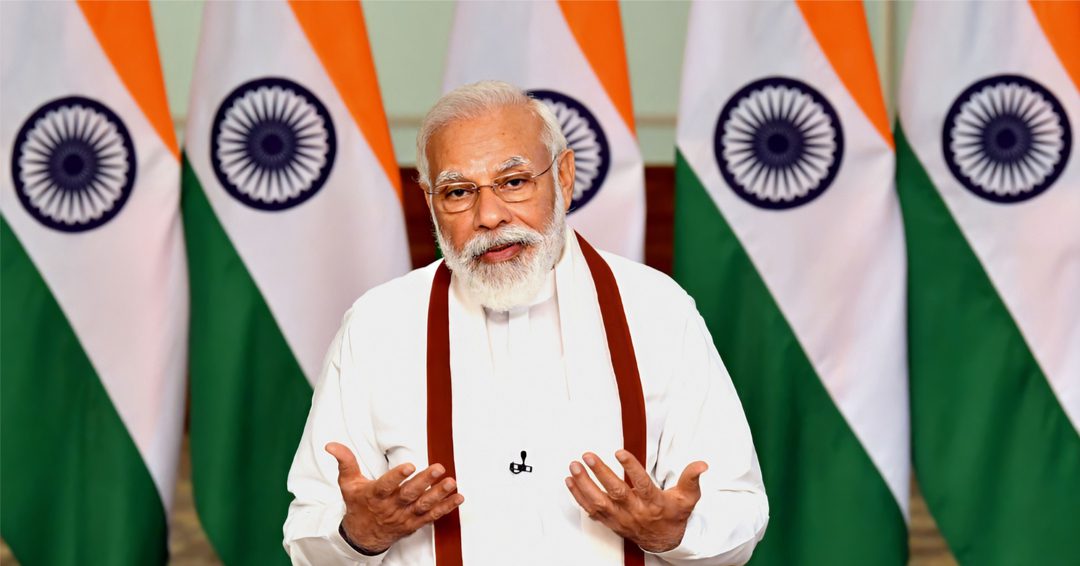The article first appeared in The Indian Express on June 2, 2022.
Prime Minister Narendra Modi’s vision of empowering every Indian with technology has driven transformative changes through the Digital India initiative. Launched on July 1, 2015, this program focuses on leveraging low-cost, inclusive, and homegrown digital technologies to bridge the digital divide and ensure widespread digital inclusion. After eight years, the results of this ambitious agenda are evident in India’s technological ecosystem and governance reforms.
India now has over 75 crore smartphone users, 133 crore Aadhaar cards, and more than 80 crore internet users. The country offers some of the lowest data tariffs globally, enabling rapid digital adoption. Initiatives like the Jan-Dhan-Aadhaar-Mobile (JAM) trinity have revolutionized welfare delivery by minimizing leakages. Direct Benefit Transfer (DBT) has facilitated financial transfers of nearly ₹23 lakh crore, saving ₹2.22 lakh crore in public funds.
The pandemic underscored the utility of digital solutions, with platforms supporting vaccination drives, education, and essential information dissemination. Digital tools like drones and GIS under the SVAMITVA Yojana have digitized 2.14 crore land parcels, reducing disputes and enabling monetization of land resources for rural development.
Inclusivity lies at the heart of Digital India. The BharatNet initiative has connected 1.83 lakh gram panchayats with optical fiber, ensuring high-speed internet access to rural areas. Common Service Centers (CSCs), which have grown from 80,000 in 2014 to nearly four lakh today, now provide banking, insurance, e-governance, digital literacy, and other essential services to citizens, including those in remote areas.
India’s digital payments ecosystem, led by innovations like UPI and Aadhaar-enabled payment systems, has earned global recognition. During COVID-19, micro-ATMs at CSCs ensured doorstep cash delivery, showcasing the resilience of India’s fintech revolution. This progress is complemented by the booming startup ecosystem, which now includes over 61,400 startups across 555 districts. In 2021, 44 startups achieved unicorn status, with many emerging from rural areas, reflecting the democratization of entrepreneurial opportunities.
India is also advancing rapidly in electronics manufacturing, achieving $75 billion in production value in 2020-21, up from $29 billion in 2014. Policies like the Production Linked Incentive (PLI) scheme have led to over 250 mobile and component manufacturing units in India. Furthermore, India’s strides in indigenous 4G and 5G technologies, along with semiconductor initiatives, underscore the nation’s journey toward Atmanirbharta (self-reliance).
Read more: The Indian Express
Find more Global Indian Top Reads

